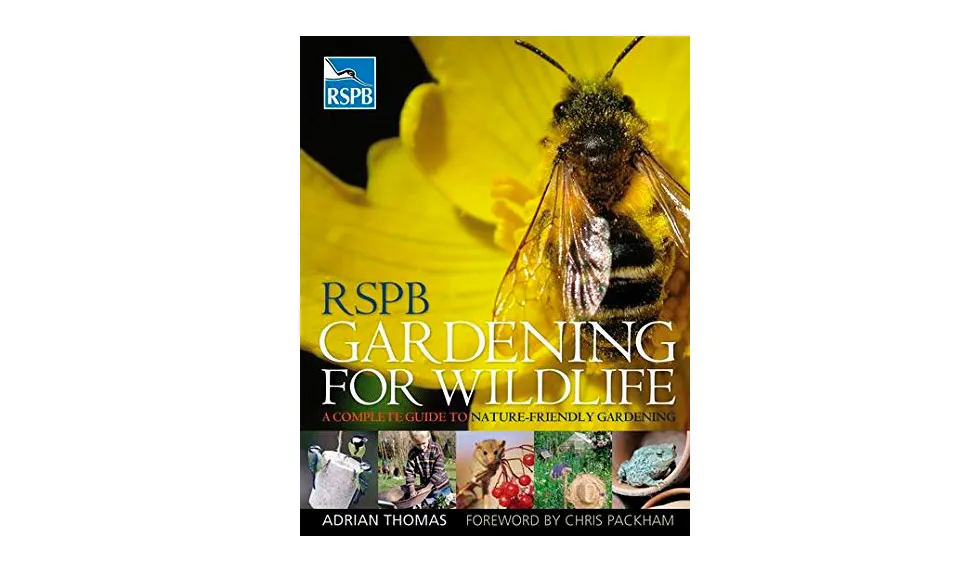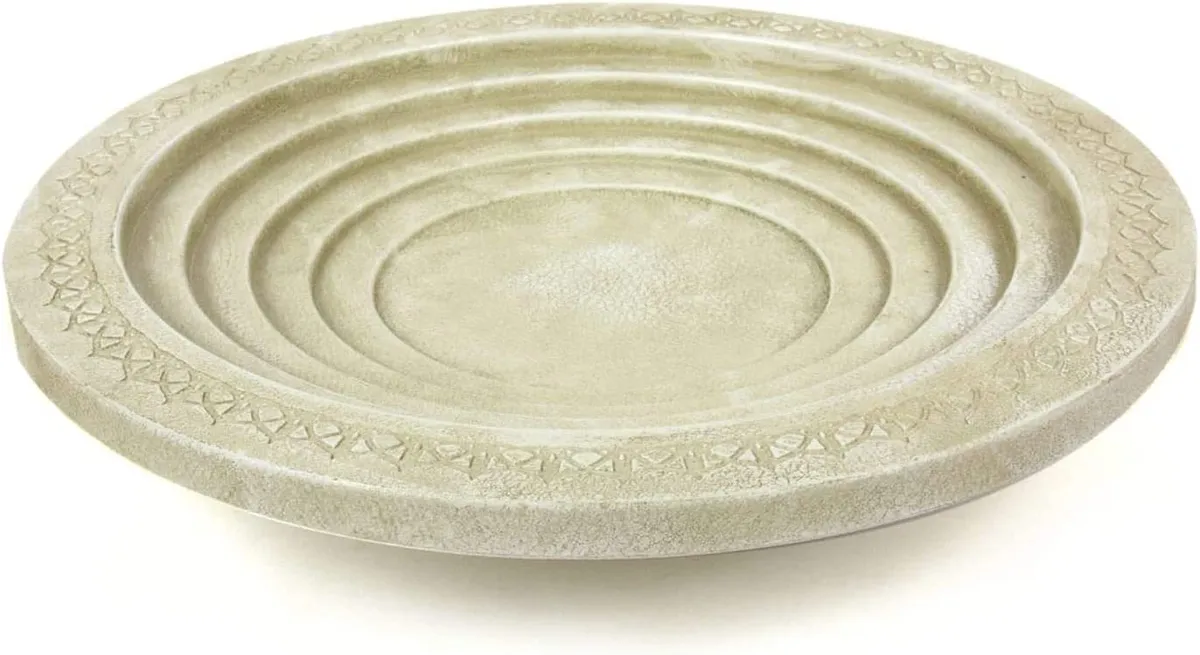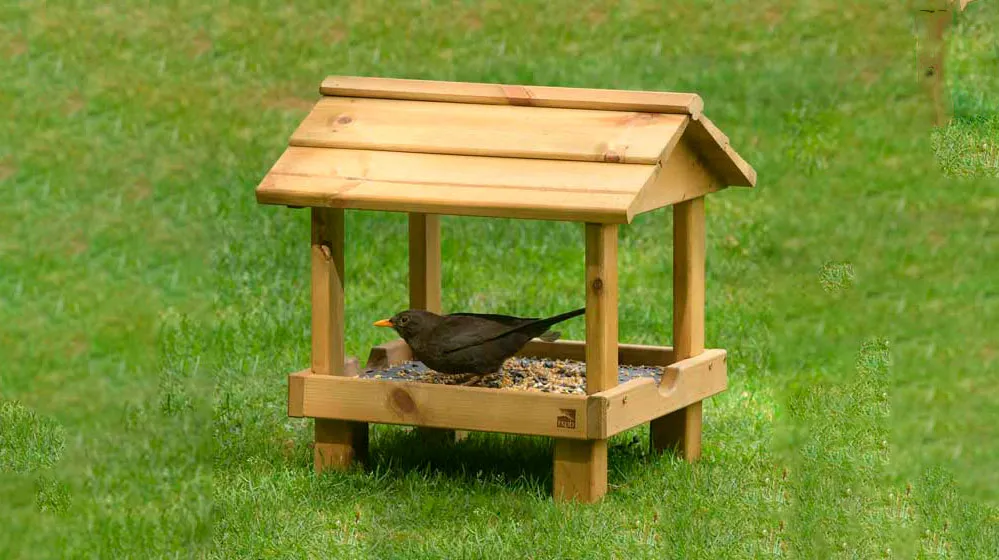Feeding the birds is my mindfulness. These days, I’m lucky enough to have a garden, so when I can I take my laptop downstairs, brew a coffee, sit in my kitchen, and stare out the window to see who will visit.
A charm of goldfinches are usually first to arrive. They bicker over the feeder with the sunflower hearts in it. If I’m up especially early, I’ll get to hear a starling practice its crisp, lilting melody and if I stay for a while I might spot the pair of furtive blue tits that try to sneak past the greedy finches for a quick nibble.
The bird I’m really hoping to see though – perhaps because they’re rarest at my feeders – is the chaffinch. Like the robin, chaffinches are ground feeders that hop around the grass looking for a meal. They visit sporadically, I think, because the pigeons can be a foreboding sight: the big bullies jostle for scraps beneath the feeder.
If you want a slice of bird feeding mindfulness in your life, then the good news is that it’s easy. You just need some bird food and a little patience. Once you start seeing a few birds arrive you might want to upgrade your set-up with food and feeders to suit different birds and go a step further and make your garden in general more welcoming to birds and other wildlife.
So in the hope of saving you a few pounds and a few hours looking around the internet for the right products here’s our round-up of the best bird-feeding products out there.
The best bird feeding kit in 2024
iBorn Metal Bird Feeder

This affordable, simple feeder has everything you need to get started. You don’t really need to spend any more than this.
Simply hang it up somewhere near a tree or a tall bush, a spot where the birds can sit and watch the feeder from, but have the feeder out in the open, away from any opportunistic ambush predators, like a neighbourhood cat.
Fill this feeder little and often, regularly clean it and it’ll bring birds to your garden all year round without risk of infection.
RSPB Pocket Guide to British Birds

This book is another good place to start. Knowing what birds you’re feeding and therefore what they like to eat is key.
This compact guide will demonstrate the vast and beautiful array of birds you can find on the British Isles and give you the confidence to name the birds you see in your garden.
From there, you can work out what their feeding habits are and what kind of foods they’ll like in your feeders. For example, robins like to eat insects from the ground, so some kind of ground feeding tray with a seed mixture and some mealworms mixed in will be optimal.
Buy from RSPB (£7.99)
Roamwild PestOff, Squirrel Proof Bird Feeder
Squirrels and large birds like pigeons are not the enemy….but if you want to give the smaller birds a chance this feeder ticks a lot of boxes.
The small perch at the base is spring-loaded so that if something larger than, say, a starling lands on it the small porthole to the food closes shut. The double-slanted roof design also keeps the food, for the most part, dry which is important for keeping the spread of disease, like trichomonas (otherwise known as canker), at bay.
The disease needs wet mediums to spread, it dies out quickly in the dry, so a feeder that keeps your food try is a plus.
Finches Friend

Admittedly this is at the higher end of what you’d expect to pay to feed the birds and I’d stress that spending this amount of money isn’t essential.
That said, a lot of time and thought has clearly gone into the Finches Friend to try and design out the problems that lead to the spread of trichomonas – a disease that’s causing a decline in green finches and chaffinches and other small birds. The parasite responsible for the disease needs moisture to survive and spread, this is easily managed by filling your feeder with small amounts of food often and cleaning regularly.
The design of the Finches Friend makes filling and cleaning ultra easy and it limits how much food is wasted. The sections where the birds feed and the food is stored can be separated with a twist so you can clean the feeding station without having to empty out the feeder entirely.
Even so, cleaning the Friend regularly is a good idea. Each time I’ve done so I've found the food inside to be bone dry – the system works. Expensive, but does what it promises.
- Buy now from Finches Friend (£44.99)
RSPB Gardening for wildlife

If you catch the bird-feeding bug as I did, then you might start thinking about how you can make your garden friendlier for birds and other wildlife. There’s tons of information out there on the web on what to plant and what to add to your garden. The choices can be dizzying. This tome is a simple, clear guide to creating a wild space (which doesn’t just mean leaving the garden to its own devices). It’ll tell you where to start, what to plant and what kind of birds you might hope to attract.
- Buy now from RSPB (£25)
Wildlife World Nature Oasis Bird Bath

One of the simplest ways you can invite birds into your garden is to provide a place to drink. This simple dish is made from recycled plastic but looks like stoneware.
Set it up in a corner, amidst some foliage, if you can, and it’ll provide a little drinking spot for birds, bugs and other critters. Just be sure to regularly refresh the water to avoid spreading disease.
RSPB Ground bird feeding table with roof

Different birds have different eating habits. Robins, chaffinches, thrushes, house sparrows and many other birds all naturally feed on the ground. Their feet are better suited for hopping around on the floor than perching at a feeder (though some will make it work).
For these birds, you can simply scatter food on the ground, like seeds and mealworms. But a neater solution is a ground feeding table like this one from the RSPB. This cute design with a roof will also keep the food dry and therefore safe from disease – but as with all feeders, the idea is to feed a little and often if you can.
You can also use small cages (also available from the RSPB’s site) to reserve the feeder for the smaller birds.
- Buy now from RSPB (£35)
Read more:
